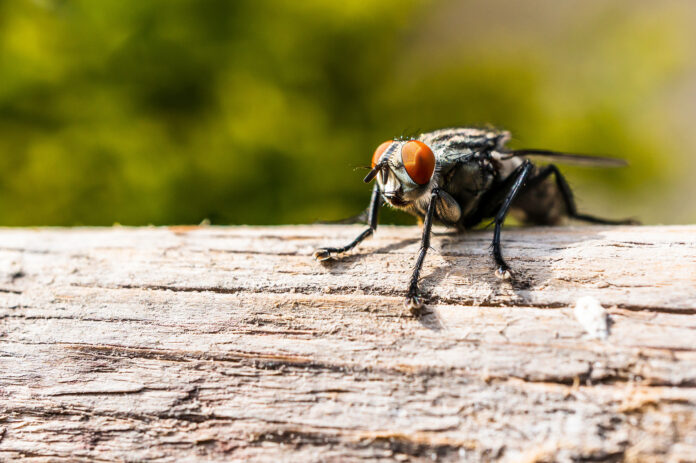In agricultural practice, animals and insects are often regarded as pests or “vermin” that need to be controlled in order to protect the crop. However, this perception often neglects the important role they play in ecological cycles and the food chain. In this article, we will examine why these so-called “pests” are actually crucial for biodiversity and what purpose they serve in the food chain.
Diversity in the ecosystem
Biodiversity, i.e. the variety of animal and plant species in an ecosystem, is crucial for its stability and functionality. Each species, be it an insect, a bird or a mammal, fulfills a specific role in this complex structure. These interactions between species contribute to the regulation of populations, the pollination of plants, soil fertility and the preservation of biodiversity.
Beneficial insects and pollinators
Some of the so-called “pests” are actually beneficial insects that help to maintain the balance in the ecosystem. For example, many insects feed on other insects that are considered pests, thus naturally regulating their populations. Predatory bugs, ladybugs and spiders are just a few examples of beneficial insects that are used in agriculture to control pests without the use of chemical pesticides.
Pollinators such as bees, butterflies and bumblebees also play a crucial role in food production by pollinating the flowers of crops and thus contributing to fruit formation. Without pollinators, the production of many fruit and vegetable varieties would be severely affected.
Decomposers and soil organisms
In addition to pollinators and beneficial insects, decomposers also play an important role in the ecosystem. These organisms, which include earthworms, fungi and bacteria, break down organic materials and contribute to soil fertility. Through their work, dead plant and animal remains are converted into valuable nutrients that can be absorbed by other plants.
Integration into the food chain
Even animals that are considered pests at first glance have their place in the food chain. For example, many birds feed on insects that are considered pests in agricultural crops. By regulating the populations of these insects, these birds indirectly help to protect harvests.
In addition, many “pests” serve as a food source for other animals in the food chain. For example, many fish feed on insect larvae that live in bodies of water, and many mammals feed on rodents or insects.
Mosquitoes and flies: Means of survival for many animals
Mosquitoes and flies, although often regarded as annoying pests, play an important role in the food chain of many animals. Birds, bats, amphibians and fish feed on mosquito larvae that live in bodies of water, helping to keep populations of these insects under control. Flies serve as a food source for many insectivores such as spiders, birds and small mammals and thus contribute to the regulation of their populations.
Conclusion: Valuable players in the ecosystem
Insects and other animals, often regarded as pests, play an indispensable role in ecological cycles and the food chain. By contributing to the pollination of plants, the regulation of pest populations and soil fertility, they make a decisive contribution to biodiversity and sustainable agriculture.
Sources:
1 “The Importance of Biodiversity.” Conservation International. https://www.conservation.org/priorities/biodiversity
2. “Beneficial Insects in the Garden.” University of California Agriculture and Natural Resources. http://ipm.ucanr.edu/PMG/PESTNOTES/pn74140.html
3. “The Role of Decomposers in the Ecosystem.” Sciencing. https://sciencing.com/role-decomposers-ecosystem-8398506.html



